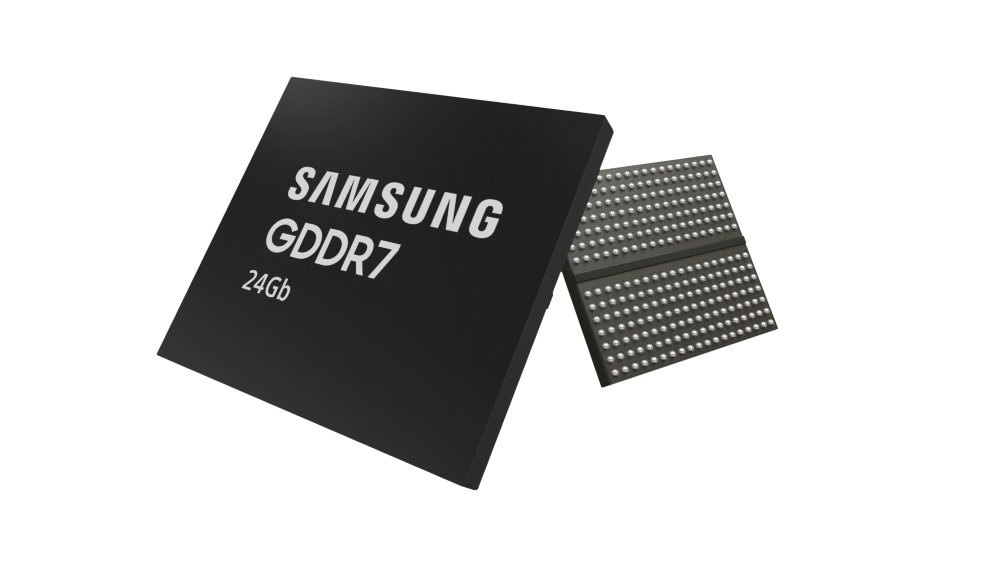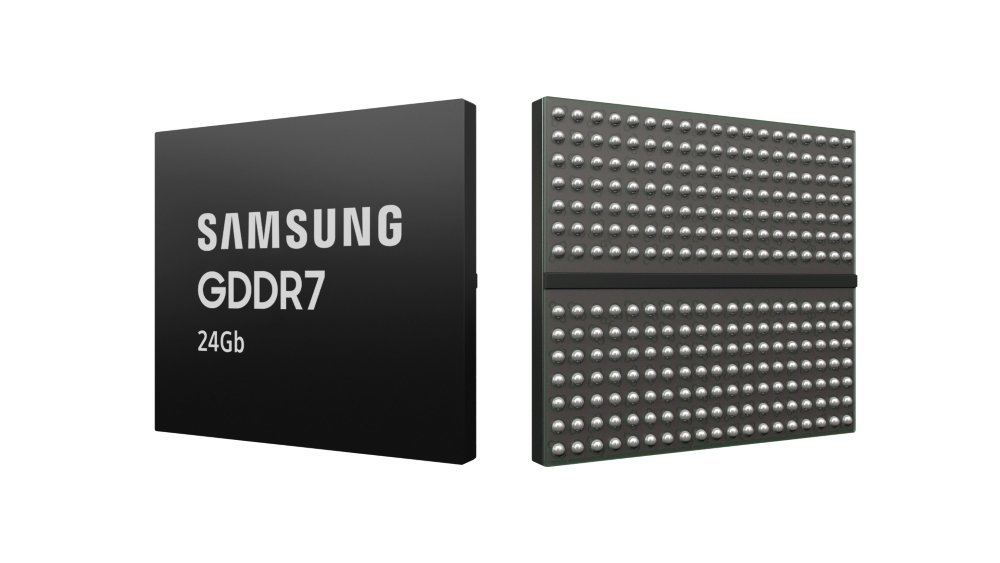New GDDR7 offers industry-leading capacity and speed of over 40Gbps, significantly raising the bar for graphics DRAM powering future applications
Validation with major GPU customers to begin this year, production slated for early next year

Samsung Electronics, the world leader in advanced memory technology, today announced it has developed the industry’s first 24-gigabit (Gb) GDDR71 DRAM. In addition to the industry’s highest capacity, the GDDR7 features the fastest speed, positioning itself as the optimum solution for next-generation applications.
With its high capacity and powerful performance, the 24Gb GDDR7 will be widely utilized in various fields that require high-performance memory solutions, such as data centers and AI workstations, extending beyond the traditional applications of graphics DRAM in graphics cards, gaming consoles and autonomous driving.

“After developing the industry’s first 16Gb GDDR7 last year, Samsung has reinforced its technological leadership in the graphics DRAM market with this latest achievement,” said YongCheol Bae, Executive Vice President of Memory Product Planning at Samsung Electronics. “We will continue to lead the graphics DRAM market by bringing next-generation products that align with the growing needs of the AI market.” The 24Gb GDDR7 utilizes 5th-generation 10-nanometer (nm)-class DRAM, which enables cell density to increase by 50% while maintaining the same package size as the predecessor.
In addition to the advanced process node, three-level Pulse-Amplitude Modulation (PAM3) signaling is used to help achieve the industry-leading speed for graphics DRAM of 40 gigabits-per-second (Gbps), a 25% improvement over the previous version. The GDDR7’s performance can be further enhanced to up to 42.5Gbps, depending on the usage environment.
Power efficiency is also enhanced by applying technologies that were previously used in mobile products to graphics DRAM for the first time. By implementing methods like clock control management2 and dual VDD design,3 unnecessary power consumption can be significantly reduced, leading to an improvement of over 30% in power efficiency.

To boost operational stability during high-speed operations, the 24Gb GDDR7 minimizes current leakage by using power gating design techniques.
Validation for the 24Gb GDDR7 in next-generation AI computing systems from major GPU customers will begin this year, with plans for commercialization early next year.
1 Graphics Double Data Rate 7 (GDDR7)
2 Clock control management refers to methods used to regulate the clocks (timing signals) of chips.
3 Dual VVD (voltage supply) design is a power management technique that supplies different voltage levels in the same chip.
This article was first published at Source link . You can check them out for other stuffs
